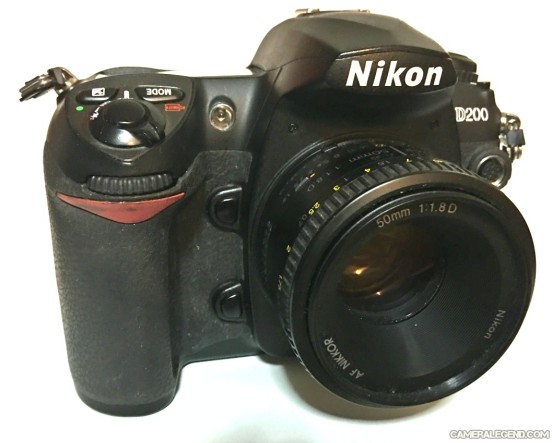
One question: What were you doing this time in 2005? Yes, I know that’s such a broad spectrum question that it’s almost impossible to answer. How about if I narrow it down for you by asking…as a camera freak, what were you doing this time in 2005?
If you’re a camera freak, a digital camera geek, chances are very likely that you were waiting with high anticipation for the release of the Nikon D200 digital SLR.
Today we will take a look back at the D200, but let me say this is not a Nikon D200 “review” in the traditional sense. Yes, we will talk about some technical and operational aspects of the camera, but everything you need to know technically about the D200 has probably already been written by many other review sites.
I want to take a look back in time, back in history, to the time before, during, and after the release of the Nikon D200.

“Smile” 2017. Nikon D200, 50mm f/1.8 AF-D Nikkor. Straight out of camera jpeg in “Fine” setting. On my screen the skin tones run a little red but that’s easily fixed.
AS A CAMERA
The Nikon D200 is a 10.2 megapixel DSLR that was marketed as a highly specified semi-pro or “enthusiast” model. Indeed the build quality was, and is superb, even by today’s standards with its durable magnesium alloy body and confidence inspiring heft. Though it was the follow up to the D100 of 2002, the D200 was in a whole different league.
The 10.2 megapixel sensor was APS-C sized with a crop factor of 1.5X and 10 megapixels were big back in them days! The camera has a shutter speed range of 1/30 to 1/8000. Though you may never use it or need it, the 1/8000 or higher shutter speed is always a sign of a high end camera.
The D200 had an ISO range of 100-2500 and 3200 with boost. This was well before the era of ISO 100K plus.
The camera had a built-in flash (Speedlight as Nikon calls it) which comes in handy if you need flash in a pinch. However, back then, some criticized the move fearing it might compromise the structural integrity of the camera. As you know, in the years since, many high end cameras now include built in flash as a common feature and people don’t complain about it as much 🙂
THE ANTICIPATION
Ah, I remember it so well. Yes, once I heard about the D200, once I saw the specs and the “leaked” photos, I knew I had to have it!
Just like many of you, I was probably on fredmiranda.com or photo.net every damn night reading all the speculations about a camera none of us had yet.
Many speculated that the D200 would be the mini D2X we desired at a much lower cost. But we all know if something sounds too good to be true, it usually is. The D200 most certainly was not the D2X, but take heart that in some ways it was better. I’ll explain later on in the article.
I checked many stores in the NYC area. All of them had long pre-order lines. I got my name on one of the local dealers and eventually got it from them. Here’s a shoutout to the local dealers! There are too precious few left. Please support your local camera dealers!
THE ARRIVAL
So one day in December of 2005, a few days before Christmas, I got that call from my local camera dealer telling me my D200 was in. Hot damn, I was so excited!
It’s kind of sad that I rarely get that kind of excitement these days from any camera I get. I guess it must be “camera saturation” as I call it. After all these years and many, many cameras later, it’s hard to get that excited.
Anyway, needless to say I quickly rushed off to the dealer and picked up that beautiful golden box that said “Nikon D200” 🙂

From 2005, this boy was sure happy when he received his D200! 🙂
I think I paid around $1800 for the body, which seemed like a bargain at that time for such a highly specified camera.
THE TOUCH, THE FEEL, THE LOVE
After opening the box, going through all the accessories, I finally got to the baby! Upon first touch I knew I was in love. This was a big, beautiful hunk of steel and photographic sex appeal.
I snapped a few shots. The dampened sound of that instant return mirror was like music to my ears.
I could tell by all the features I found in the menu that this was an advanced camera. However, for me, that wasn’t as important as the fact that I was able to figure it out easily without the manual. I could appreciate all the advanced features, and I might eventually get to some of them, but first and foremost what I care about is how quickly I can access the controls, how quickly I could get a shot out of the camera. And after that, as long as it takes a good picture, I’m pretty happy. The D200, build quality and ergonomically speaking, was a Nikon through and through.
The first few shots revealed nice images with some really beautiful colors.

“Lost In Love” 2005. Nikon D200, 105mm f/2 DC Nikkor, ISO 100. The D200 can produce excellent sharpness and pleasing skin tones.
AFTER THE HONEYMOON
Not long after getting my D200, I started having doubts about the camera. Main issue for me, and apparently most early D200 users were “soft images” and disappointing high iso performance.
Ok, I can hear it now. Someone out there is saying…”I get incredibly sharp images from my D200, this dweeb don’t know what he’s doing!” 🙂
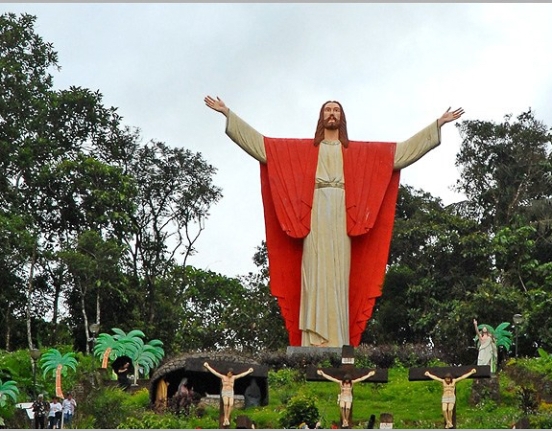
“Christ Is King” 2006. Nikon D200, 18-70mm f/3.5-4.5 AF-S Nikkor, Lucban, Philippines.
Ok, I got ya, I hear ya!! But yes, I too have many many sharp images from the D200. Heck, I probably don’t know what I’m doing hah but for your sake, just look up “D200 soft images.” Take yourself back to 2005-2006 and see what I’m talking about.
In the years since the D200 was released till now, for many cameras that came after the D200 (and some before) you will see in camera reviews a lot of something like “jpegs are slightly soft, but sharpen up well.” Today, it wouldn’t bother me much, but in 2005 it did.
Keep in mind, back then I had used a Canon EOS 20D, 5D, Nikon D1X, D100, D2H and D70. All, with the exception of the D100, produced sharper images straight out of camera than the D200.
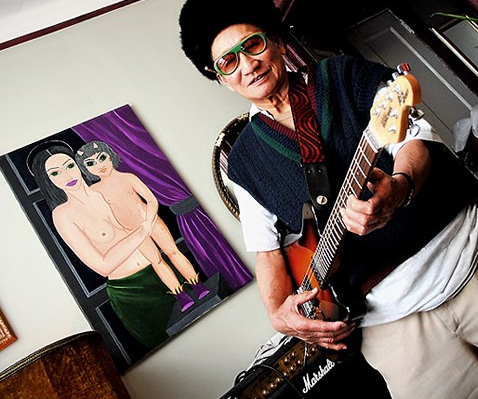
“Mr. Bojangles” 2005. Nikon D200, 18-70mm f/3.5-4.5 AF-S Nikkor. Despite all I’ve said about the D200’s “soft” images, the camera is perfectly capable of producing very sharp images. Just as sharp as Mr. Bojangles 🙂
So I’m not sure if it was just the jpeg processing. I think it’s been stated by various websites that the D200 had a fairly strong AA filter which funny enough has been done away with altogether in many cameras today. Back then, there was such concern over the possibility of moire from a lack of an AA filter. But today, it seems the trend or fad is to sell cameras without the AA filter as a selling point because it may produce “sharper” pictures without the filter. I’m good with that, but when or why did this still conservative industry decide that they were cool with it too?
I’m guessing that, one, the industry saw that a large majority of the people were wanting low pass filter-less cameras, preferring sharpness over the rare possibility of moire. Second, by not including the AA filter, they must be saving money on it.
Anyway, I know I’m drifting off topic, but the D200 images did not have that “pop” I was getting with my other cameras, at least not without some post processing work. All the images here from 2005-2006 were post processed and resized as I was posting to online photo sites at that time. Unfortunately, I do not have the original files any longer. So much for digital files lasting forever, although you can blame me for this 🙂
The high iso performance was also disappointing to me at that time. Anything over 1000 or 1600 seemed noisy. I had a 5D at the time and it set a new standard for high iso performance. Sure, you may say today that the 5D is not great either at high ISO’s but you’re saying it from today’s perspective. In 2005, it was considered great! And for me, it is still better than a lot of other cameras, but that’s another topic.
In hindsight, it was unfair to compare the D200 to the 5D as the 5D was using a full-frame sensor which in itself is usually an advantage for high iso capabilities and also in hindsight, the D200 wasn’t all that bad at high ISO’s.
The AF was fast, but slightly slower than I had been used to from the D1X and D2H, but I could’ve lived with it.
Today, with the power of hindsight, I guess I was expecting 2017 performance from the D200 back in 2005! 🙂
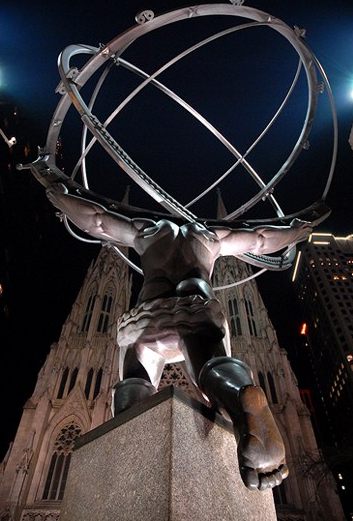
“Atlas” 2005. Nikon D200, 18-70mm f/3.5-4.5 AF-S Nikkor, ISO 1000. The D200 was much better at ISO’s higher than ISO 800 than I thought twelve years ago. Unfortunately, I don’t have the original files to post here.
THE D200 REVISTED
Well, I should say revisited again. And again. Let me explain.
In 2007, I got that itch and thought that maybe I was a bit too hard on the D200. I decided to get another one.
After using it for a while, and trying hard to like it, I came to the conclusion that no, I just don’t like the images I get from it. Not really sure why. Maybe because my first impressions of the camera in 2005 weren’t so good? Maybe because in 2007, it was still rather expensive? Maybe my perceived “soft” images? Perhaps I pixel-peeped too much back then?
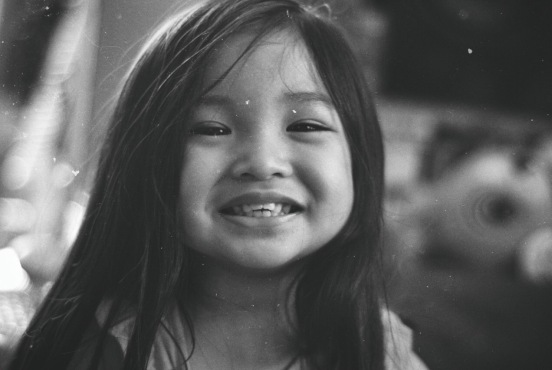
“Smile” in B&W. Processed the image for a filmic look. The slight softness in the original image actually helps when you want to emulate the look of film.
Again, don’t be mad for me constantly mentioning the D200’s supposed “soft images.” It’s not that they didn’t sharpen up well, they did. The images just seemed to lack bite. Even when using it with top glass such as the Nikon 70-200mm f/2.8 VR lens, the images lacked the “snap” I’d gotten from my other cameras.
I’m sure some of you are asking “Did you try shooting RAW brother?” Sure I did! I spent many nights using Nikon Capture to open those big, slow NEF (Nikon RAW) files. Anything to convince myself to keep the camera! Unfortunately for me, that didn’t help much. Yes, it was better but the time it took my slow computer to process the files were just too much to handle.
I sold the camera and never looked back. Until last month! I got a used one for around $85 shipped. Wow, a huge difference from the $1800 I paid for a new D200 in 2005. Such is digital right? This is a great time to buy these old digital classics!
I look at the D200 images I’ve taken recently and even back to the ones from 2005-2006 and even though I had to process those images to where I wanted them to be, I think now that I may have been too hard on the poor D200. Considering it’s a camera from 2005, it’s a stellar performer!
Remember I said the D200 was not the D2X but in some ways better? Well, first it’s not the D2X because the AF is not nearly as fast, at least from my experience. I used a D2X from around 2008-2010. The AF on the D200 is accurate, but the D2X is very slightly better but don’t let that scare you. On the whole, D200 will deliver in autofocus.
Where the D200 betters the D2X is in the sensor. But “better” is relative though. I mean, if you want higher resolution, the 12.4mp D2X has it. The 2mp difference is not really a big deal, but the D2X just takes sharper looking photos in my opinion. But the D200 I feel has a more flexible and forgiving sensor.
The D2X has a very particular sensor that can produce superb results but does not do very well once you go past ISO 400. Yes, I’ve gotten great pics from the D2X at ISO’s higher than 400, but if you’ve shot with a D2X you know what I mean. It’s almost like slide film but more extreme, there’s little room for negotiation with your exposures. The D200 has a gentler transition as you move up the ISO scale and has more headroom to work with.
What about the “measely” 10.2 megapixels? Come on friend, you should know by now 10 megapixels is just enough to be good for nearly anything right? 🙂
Ok yes, it’s not 36 ot 42 or even 50 megapixels but seriously do you need that much? If you’re not printing for huge billboards I would safely say you really don’t. Ok, I will speak only for myself…I don’t! 🙂
Yes, I still believe there is a certain “softness” in the images compared to a lot of other cameras, but they do sharpen up very well. The D200 taught me a lot about post processing. And a slightly softer image is almost always better for portraits, especially for female portraits.
In some ways, that softness helps when trying to create that mythical and oversold “film-like” image. Despite what many film afficianados might want to believe, a film image, or shall I say a 35mm film scan usually comes out softer than what you’d get from a typical digital camera but that’s where the beauty of film comes in. The rolloff from sharp to soft is usually a bit smoother and not as harsh in the film images and so too it is with the D200.
In 2005, digital photography was just coming into its own. Now in 2017, I can tell you that there are many cameras I wouldn’t have given a chance then, that I would today. Many cameras that produce images that look horrible pixel-peeped at 100 percent, but look great when printed. The D200 did NOT look horrible when pixel peeping at 100 percent and prints up beautifully. Therefore, I’d say now that it’s a winner!
Also, I stated it once but probably not enough in this article, the D200 produces beautiful colors. Yes, skin tones can still lean towards the typical Nikon warm, but for the most part images are wonderfully saturated and balanced.
THE BOTTOM LINE & THE FUTURE
The future? What future you might say! What future for a 12 year old obsolete digital camera?
Well, I look forward to using the D200 a lot more and with the power of hindsight and experience, I can appreciate this camera much more than I did back in 2005 or 2007.
The Nikon D200 is a Camera Legend that upped the game for cameras in the semi-pro/enthusiast category. It was loved by many as well as criticized (rather unfairly) by many others (myself included).
So let me make a public apology to the D200…D200, my friend, I was too harsh on you. I’m sorry if I wronged you. Third time is the charm and I’ll make it up to you! 🙂
In hindsight, the D200 is a very complete package that is capable of shooting almost anything you might want it to. And in today’s world, it’s a bargain of a powerhouse camera for what you pay for it.
PRICE & AVAILABILITY
The D200 fortunately is plentiful on the used market and prices have been trending from around $90-150 with an average of around $120.
Please buy from our affiliates through our links and support Camera Legend so we can continue bringing you more of your favorite superstar as well as forgotten Camera Legend cameras! Thank you.
***SONY REBATES ALERT***
4/15/2019: Got huge returns on your Tax refund this year? Spend it before you lost it! If you want a modern camera system with all the state of the art tech to move you forward then our affiliates can save you up to $1000 on the following packages during the great Sony Rebates. It’s only for a limited time so get it now while you can!
***NEW CAMERA ALERT***
So you say you’re not interested in oldies like the D200? You want the latest and greatest? Well, the Sony a7R III Mirrorless Digital Camera Body is here!! This 42.4mp monster has it all…10fps, 5 axis optical stabilization, ultra high resolution 4K video? Heck man this will probably take over the Nikon D850 as the hottest camera out right now! It’s probably going to be sold out, but if you want the chance to be one of the first on the streets with one, please click on the link above to pre-order this Sony mega-monster camera!
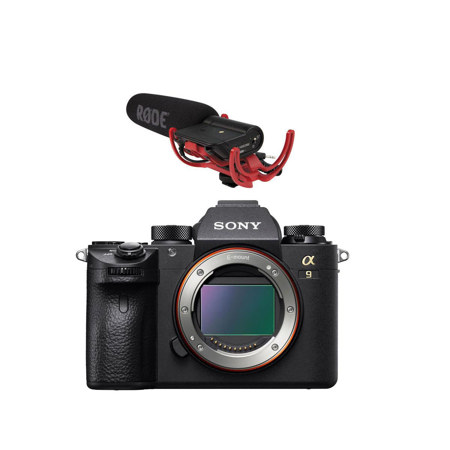
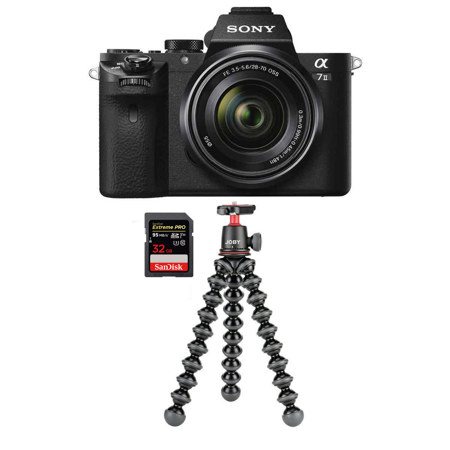
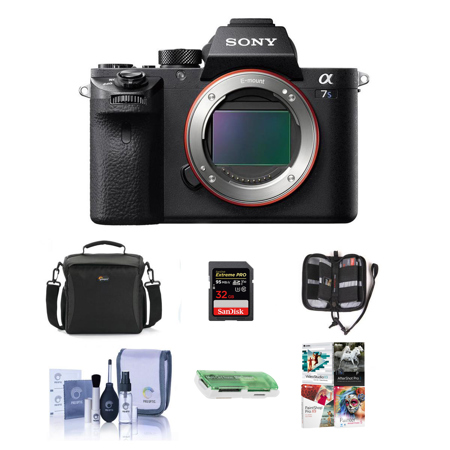



Nice article. I have the D300 and I really enjoy using it, very versatile. Good cameras are still good even if old, read “ancient” in tech parameters
LikeLiked by 1 person
Ha, just think about it…. vintage digital cameras, a puny 12 years old!
But I guess time’s accelerating!
LikeLiked by 1 person
Ha Frank, the time IS accelerating FAST!! 🙂
LikeLiked by 1 person
Great article. Such a thoughtful retrospective on this camera.
The 2000s were a mighty exciting time to be in digital photography because the cameras were getting so much better each year. They’ve leveled out now; the advances are not so large. But in the 2000s, digital went from not viable for real photography to more than viable.
And yeah, 10.2 MP is plenty!
LikeLiked by 1 person
Thanks Jim! Yeah those were some exciting days in photography and knew you’d agree on 10.2 mps! Appreciate you checking out the article!
LikeLike
Nice article bro. An interesting advance made with the D200 was that it allowed some forms of auto exposure with manual lenses (Ai) not offered on the D100 or earlier. I remember that because I borrowed Raddy’s D100 and realized quickly that I needed to guesstimate. He clued me in that the “new” D200 corrected that issue.
At that time I was futzing with the Pentax istD ! 🙂
LikeLiked by 1 person
Thanks Bro, I can’t wait to see what you do with your new K1 man!! 🙂
LikeLike
Learning, learning, learning…..awesome with lots of function. 🙂
LikeLike
Thank you for a great article. I loved my D200 and took some great pics in Athens at the Olympic games. Also thought the pictures weren’t sharp enough after seeing that D7001 could do, and put my D200 away. After reading this article, i am dusting it off and getting back shooting with it. So thank you.
Do you recommend upgrading the software?
LikeLiked by 1 person
Thanks! Appreciate your kind comments! Good thing you’re dusting off that D200, it just needs a little love but it’s a perfectly camera! 😊
LikeLike
Perfectly capable I meant to say! Best, Sam 😊
LikeLike
Wow, great article, and very timely too, as I dug out my D200 just today to play with. I have acquired a few different cameras since buying my D200 (a D7000 and a D5100), but I’ve always preferred my 200 for portraits, just as you said. Some of my best photos have been taken with it. The skin tones are so nice. I may just pick up another one! Thanks for a fun read.
LikeLiked by 1 person
Hi Pam, thanks so much for your kind comments! You’ve got a nice selection of Nikons! I think it’s safe to say they all have their place in your lineup. I’m glad you have rekindled your interest in the D200. It is indeed great for portraits! Again, thanks for stopping by, appreciate it! Regards, Sam
LikeLike
Thanks for your article. I have a pristine D40 that I bought in 2008 to shoot a wedding. 6.2 megapixels was enough though I shot 6×6 from 1974-1994 for about 300 weddings. 6 megapixels was a good replacement for 35mm Ektachrome at the time. Even then I noticed it was soft but that’s what a I wanted: sharp but with out the enhanced edges of many cameras back then. I was finally ready to get something much better but I had a chance to get a D200 also in pristine condition. I am so glad I did. 10.2 is fine. I even (gasp) shoot JPG (fine mode, etc.) Perfect. It came with an 18-200 so that will do most of what I might want to do. If I do another wedding I will even switch to the D40 for the reception. The solid feel reminds me of my old Bronica S2A that I miss but no longer need. I now know that this will do just fine.
LikeLiked by 1 person
Thanks for sharing your experiences Milton, I appreciate hearing from real world photographers such as yourself! I would agree with you and say that I think the D40 and D200 combo could still undoubtedly do weddings even today. Thanks again for chiming in!
LikeLike
the nikon d200 was my first digital camera (in 2005/6) followed by d300/d700/d3… after retiring (portrait and weeding studio) i decided to sale the rest.
the d200 has ccd “film like” sensor. its in camera editing software is decades old but its raw files are “as good as any” iso100 raw files. their 10mp size is big enough for 20″x30″ prints.
the d200 might not be good for “sports” and “action”, or churches/dark places (without flashes), for example, but the d200 will produce great and “forgiving” easy to edit iso100 raw files.
almost everything else other camera owners brag about (fa speed/lcd size/file size/battery life/focus points) doesn’t really matter. or it only matters to nokon’s sales.
if you do not photograph “for living” you do not have to “look pro”. but the d200 is “pro-like” camera which can save a lot of $ to you. which you can spend on “good lenses”. which do not have to be “pro” either.
the d200 works (whatever the reason) great with some of the least expensive lenses. nikon’s 18-55mm “vr” zoom, or sigma 10-20mm (especially at its 10mm end) which costs 1/2 the nikon 10-24mm zoom (which is bad at 10mm)…
LikeLiked by 1 person
Well said! Thanks for your comments!
LikeLike